When I first saw the highly articulated Star Wars Black series figures two years ago, it rekindled my toy-collecting hobby and started my interest in toy photography. Up till then, the last figures I bought were 20 years ago and had only 5 points of articulation.
I bought a bunch of these Black Series storm troopers and enjoyed shooting them in all sorts of poses. In fact, you could say I was an “articulation snob”. I realized this during a toy safari with the local community here. I could not understand why my friends were fascinated with the limited posability of Lego minifigures. I had no idea what they were discussing when they talked about Ninjago, Chima or CMFs. However, things have changed quite a bit since then. Of late, I noticed most of my toy photography photos were that of Lego minifigures.
I was an “articulation snob”
My early interactions with LEGO
I have vague memories of playing with LEGO sets while growing up during the 70s (man, I feel so old now!). I think my parents bought me just the basic bricks because I have no recollection of playing with any minifigures. Those bricks are long gone and when I had kids of my own, I too bought them LEGO sets. They had the dinosaurs, Bionicle series, Anakin’s Jedi Starfighter ( the assembled set was destroyed less than a week when my nephew decided to have a closer look and has never been built again) and some diver sets. The sets were usually assembled once and never displayed. Once playtime was over, they were stored in a big container.
My kids are all grown up now and I have taken over their toys!
Gradually, my kids and I would break up the assembled pieces. We much prefer to use our imagination to create our own worlds and machines. Back then, I did not keep track or look forward to any new releases of Lego sets. They were merely kids’ toys to me and was something I would reward my children occasionally. I guess I was too busy adulting, having to raise two small kids, pay the bills and was busy with my career. I am happy to say that I still have that big container of loose bricks and minifigures.
My first Lego Photo
It was two years ago, on my second toy safari that I shot my first few LEGO photos. Back then, I had a few stormtrooper minifigures of my own and some friends offered their LEGO pieces for me to shoot on location. Thus the seed for Legography was planted. I started shooting them occasionally and gradually, made conscious effort to shoot them. Some of my favorite shots now are of LEGO minifigures.
These days, I look forward to every new CMF release. The toy photography community is also partly to “blame” for the growth of my LEGO collection because of the amazing photos they share. Looking at inspiring photos drives me to go hunt for the minifigures they used in their shots.
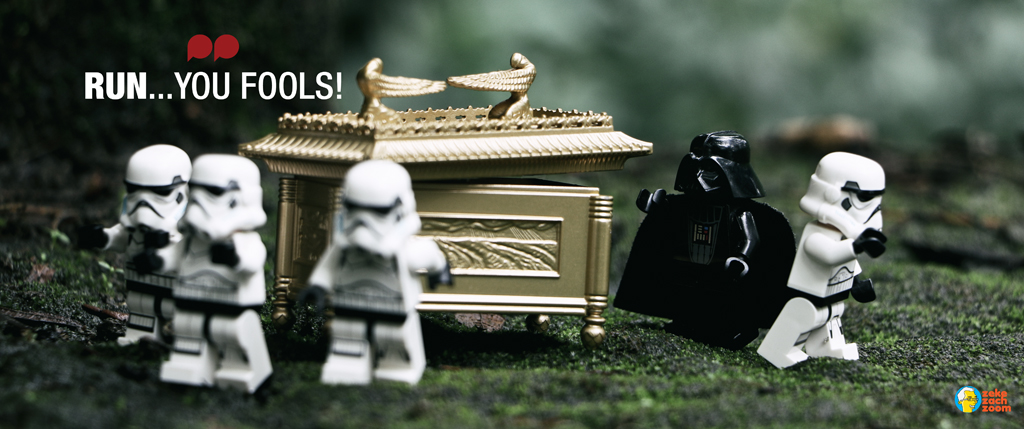
My first LEGO photo shot during my second toy safari.
Learning from mistakes
When I started Legography, I never realized that there was a up and down side of the hands. This was pointed out to me after I posted a photo online. Misaligned parts like hair pieces are some things I notice during post-processing. Parts that are not snapped in properly are also a common mistake for me. For the casual viewer, I guess is fine, but for me, I can never unsee them now. I guess we are our own worst critic.
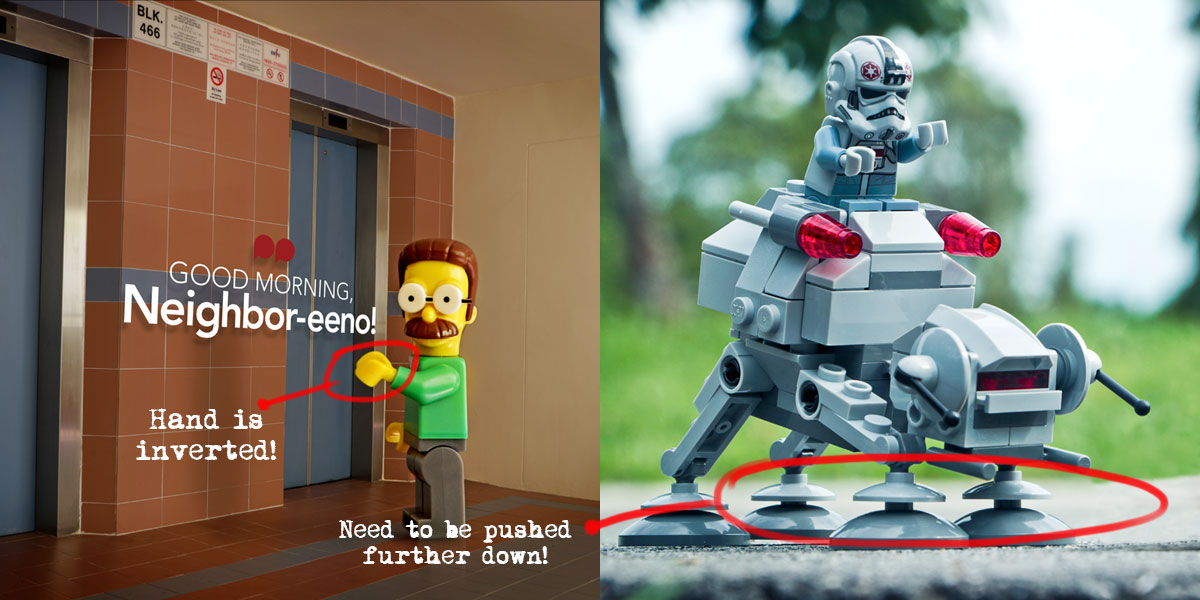 Little mistakes that I cannot unsee
Little mistakes that I cannot unsee
Adorable and whimsical
After shooting minifigures for two years, I came to the conclusion that LEGO minifigures have a certain X factor. I don’t know how to describe it, but there is something about the figure, the way they are shaped. They are so adorable and whimsical. When held in the hand, it feels just right. You can feel the joy and fun while posing them, albeit with limited articulation. Does that make sense to anyone what I just described?
Even though the figures lack articulation, I learned that you can still do dynamic poses with some creative solution, such as playing with the camera angle or dissembling the arms and legs and repositioning them via blu tack in unique poses. Also, the lack of articulation forces one to exercise creativity and craft the shot accordingly, and maybe let the viewer’s imagination fill in the gaps what they do not see, creating an aha moment and make the photo even more engaging.
They also scale so well with 3.75 or 6-inch figures. Setting them up as kids to these bigger figures creates great opportunities to explore the relationships between adults and child.
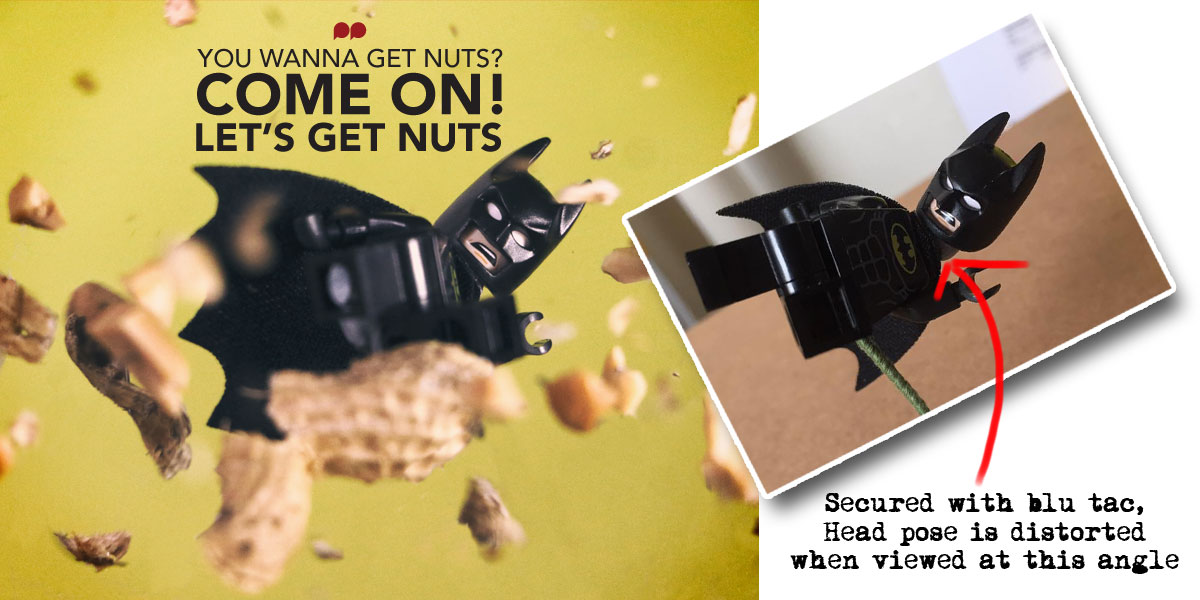
Viewed from one angle, the head looks weird but not so when seen straight on in the final image.
I enjoy setting up scenes where pop culture characters are caught in everyday situations and for that, sometimes you need everyday people. You know, an average Joe and not some superhero. With the LEGO City sets, you have more than enough choices of such ordinary folks. As most AFOL already know and appreciate, the LEGO minifigures also come with great accessories, easily swappable faces with loads of expression. Setting up a scene couldn’t be easier.
Coming onto the AFOL scene this late, there are so many early custom minifigures that I would like to lay my hands on but the price range for some of these are just too much for a piece of plastic. However, you never know when you will snag a great deal and part of the fun is hunting for those desired figures.
So, how far down the LEGO rabbit hole have you gone?


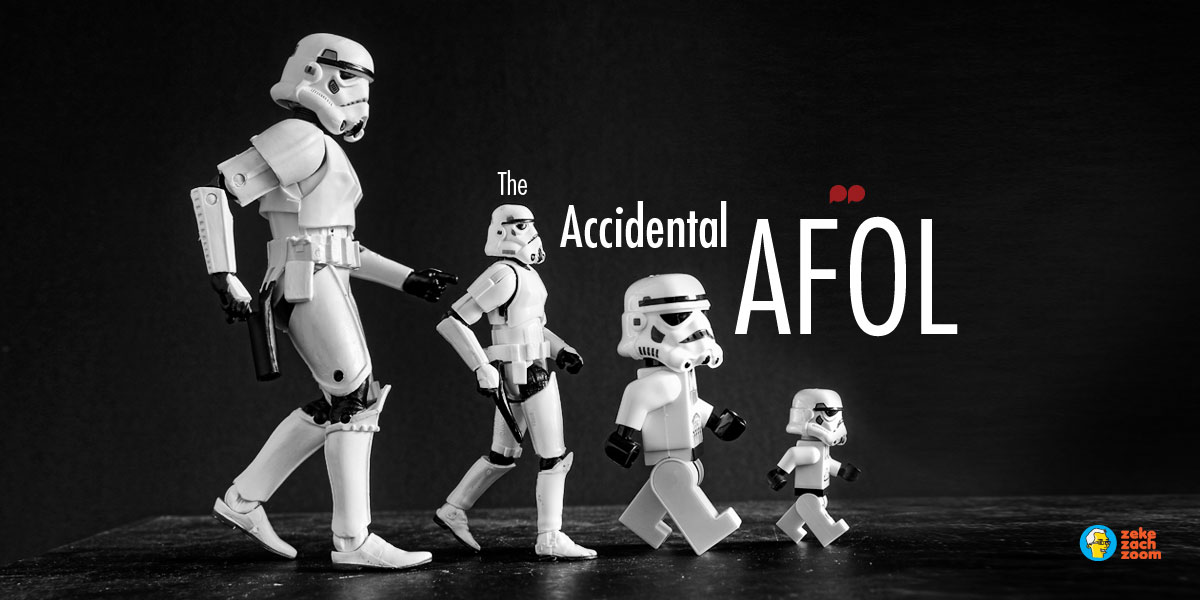


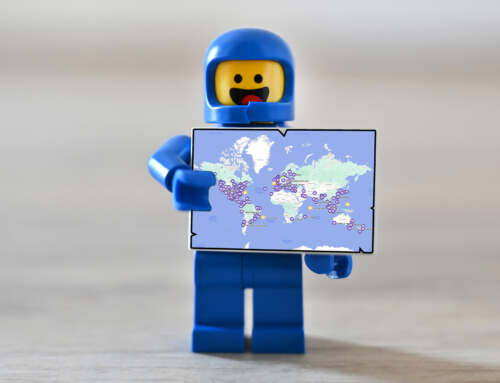
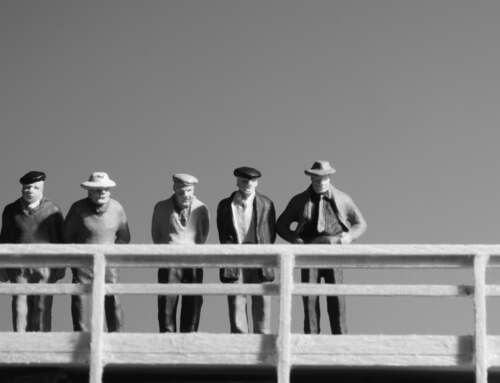
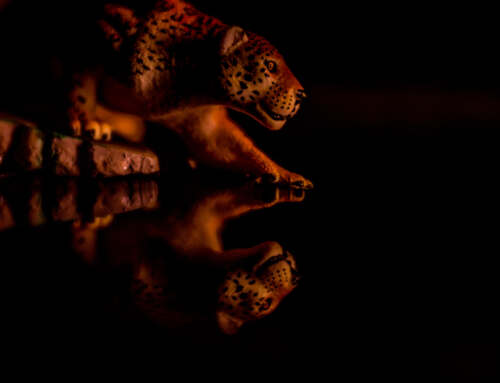
Sunny you made me smile when you wrote about the little mistakes you spot in post production. I’m usual guilty of “dust spots”, especially on darth vader helmet…i hate it!
Yes! I hate shooting Vader sometimes! Those dust specks can be murder sometimes to clean up in post! These days, I try to remember to give them a quick blow from a compressed air can!
I’m sure the dust is his vengeance for making photo jokes on him! 🙂
Too far! I’ve gone too far downthe rabbit hole! Haha! I’mdefinitely an accidental AFOL too! When I started my toy photography a year ago I never expected to get into lego photography but like you I found myself drawn to the images of so many great Lego Photographers in this community and from there down the rabbit hole I went! Haha! Great post!
Yes, Nicole! The community is truly inspiring and I always look forward to post from some of my favorite accounts. The downside is, I find myself hunting the figures they used in their amazing shots!
I’ve been hooked on Lego since I was like seven. Also, the inverted hand thing isn’t totally a mistake. You can use inverted hands to create a slightly different look. My main mistake is dust as well. It’s so hard to keep it away!
Gotta always remember to give it a good blow to get rid of the dust before shooting. Esp the color black on any minifigures. Such dust magnets!
I’m very far down the LEGO Rabbit hole. I don’t think I’ll ever come out of it 🙂 Great post! I hate it when I find something in post production that I can’t fix. I try to leave my scenes set up as long as possible, in case I need to reshoot something but even then, I still find weird mistakes and I wonder why I never noticed it when shooting 🙂
Their lack of articulation is one of my favorite challenges though 🙂 Great action shot with Batman!
hahahha.. There is no turning back! I too let me setup remain while I do post editing. If any problems are spotted, can easily take another shot. This has to be a good practice for all toy photographers. Dun be too eager to dismantle!
Too far and too Deep into the rabbit hole of Lego. Great article!
Thanks! Yes…am now always looking forward to the next custom figure release!
This is such an interesting post! As someone who came to photography toys from primarily photographing LEGO, I’m always interested to read why and how the expansion happened the other way.
The upside down hand… my bugbear! I’ve scrapped so many photos because of an overlooked upside down hand. And I find the lack of articulation of LEGO a welcome challenge. Sometimes it’s more rewarding to achieve “realistic LEGO” posing with only 7 points!
Thanks for another great post Sunny.
Thanks Brett! As mentioned earlier in my reply to Lynn, I let my setup stay a bit longer while I edit the pics. It was a gradually transition to shooting minifigures and it looks like there might be no way of turning back anymore!
“there is something about the figure, the way they are shaped. They are so adorable and whimsical. When held in the hand, it feels just right. You can feel the joy and fun while posing them, albeit with limited articulation.”
Sunny this makes total sense to me. There is something charmingly unrealistic about the LEGO mini figure. There is a whimsy at play with this line of toys that I haven’t found with any other. Honestly I dont want my images to get too serious. I want a sense of playfulness to be present even if Im setting up a photo featuring skeletons. Considering your amazing playful sense of humor, I can see why you are drawn to this line of toys too. You’re photos never fail to bring a smile to my face. You are always poking fun at the serious nature of some of these IP’s, and I love you for it! Thank you for calling yourself a former ‘articulation snob’. Honestly that made me really laugh! You’re the best my friend! I cant wait until our paths cross in person! ;D
Thanks Shelly! I am sure most Lego fans know what I am trying to articulate here in this article. I am glad to hear that I manage to bring a smile to your face with my photos. Am always happy to always make someone’s day or help them start the day with some laughter. I too am looking forward when we can meet up in person, exchanging ideas and tips!
What a delightful read Sunny and I do feel that your unique style with captions suit the amazing variety of minifigs LEGO has.
Personally, I’m only scratching around the entrance of the LEGO rabbit hole with less 12 of them in my possession. I’m a little deeper in the 6” tunnel. One thing that impressed me the most about LEGO is how incredibly timeless it is. I was at my in-laws recently and we dug up LEGO minifigs from the 80s which are (obviously) compatible with current day accessories. It’s just so cool bringing them into the present day and certainly felt like breathing new life into them! This relates to my mini frustration with the “articulated” toylines where newer face print technology improves with each passing day, rendering older models of the same character less appealing and often resulting in more money being forked out for improved likeness.
I think my journey down this hole will be a gradual descend.